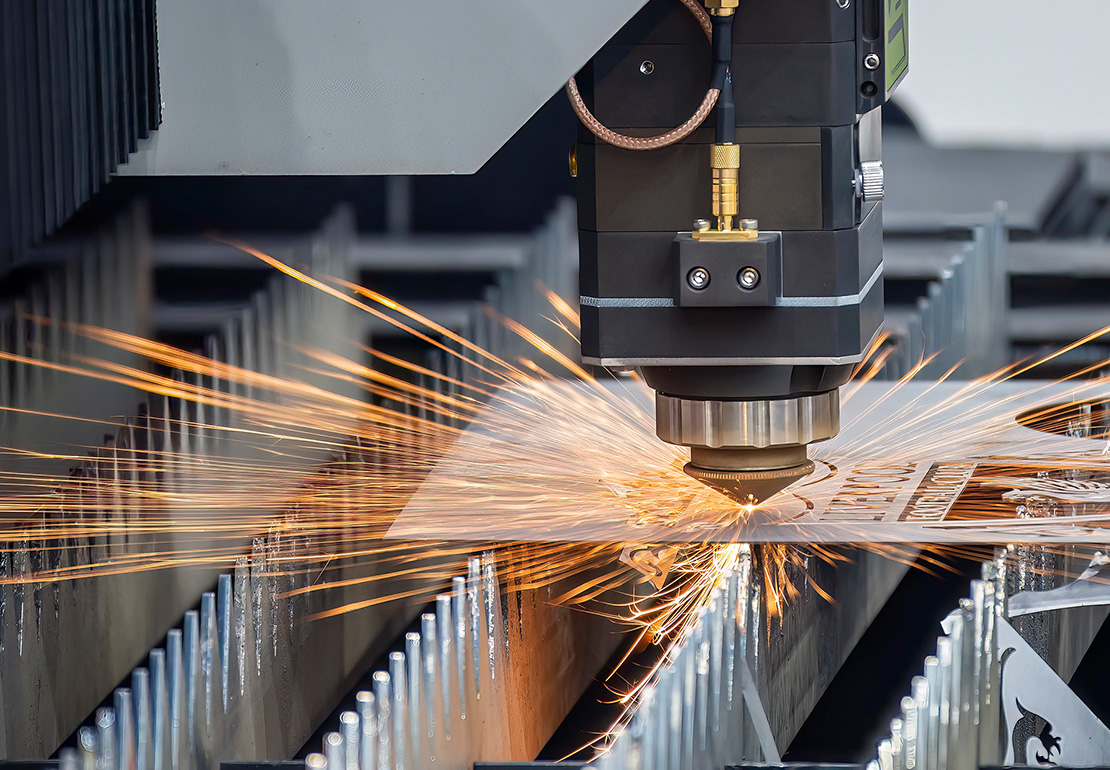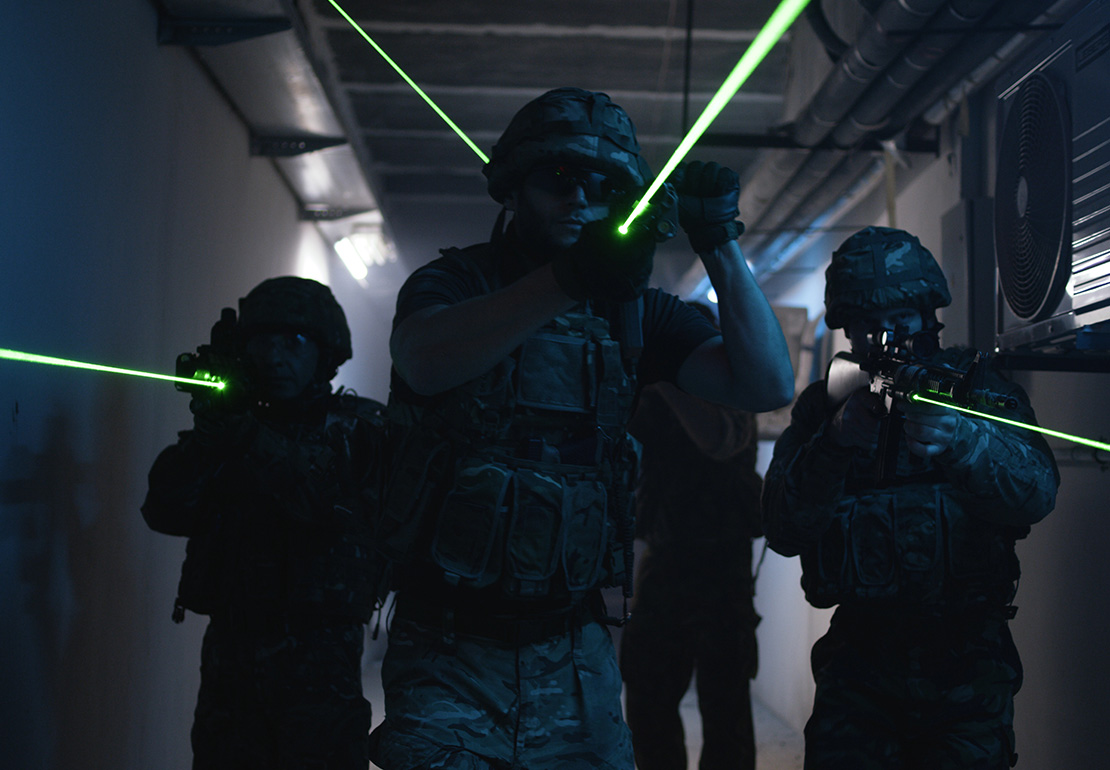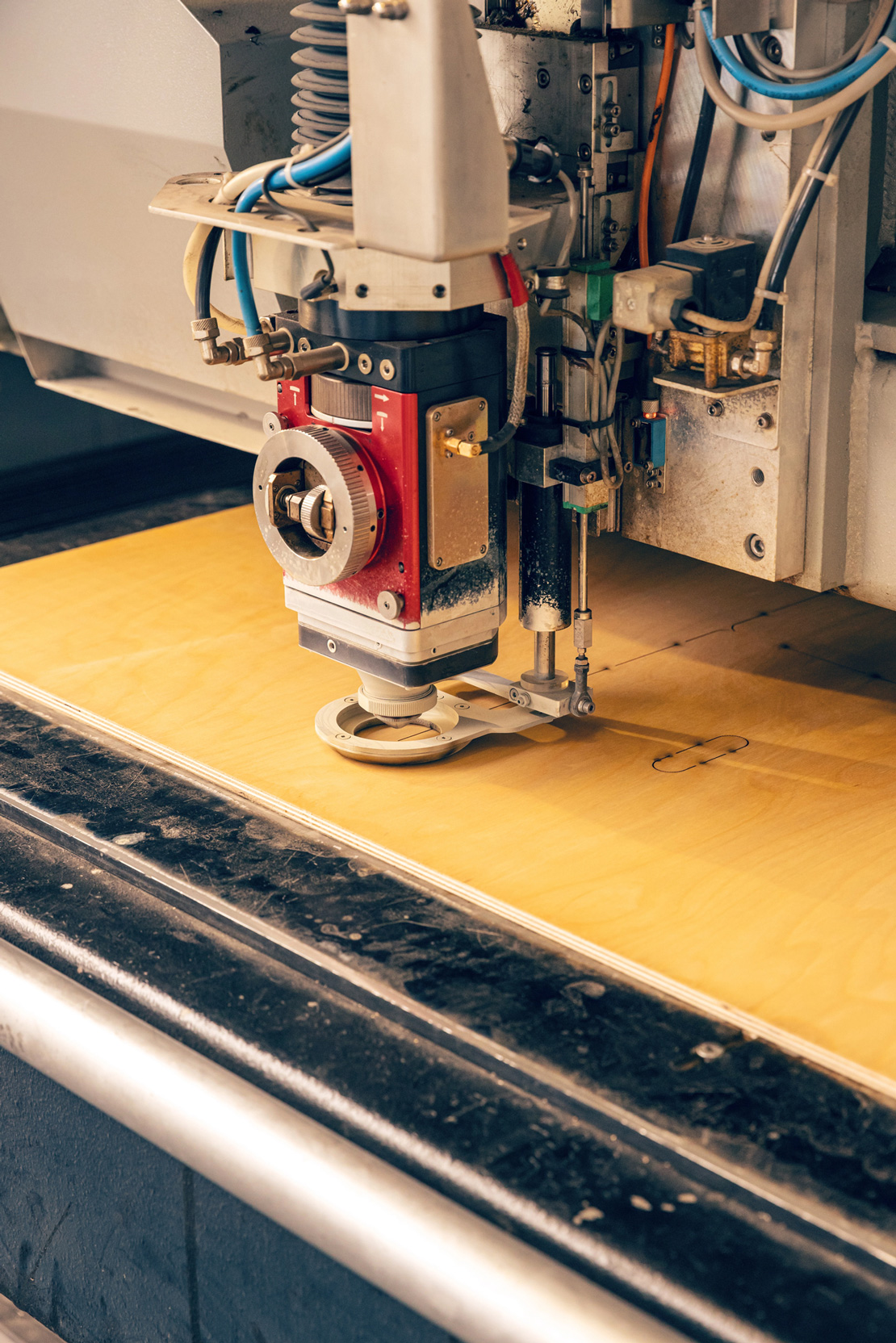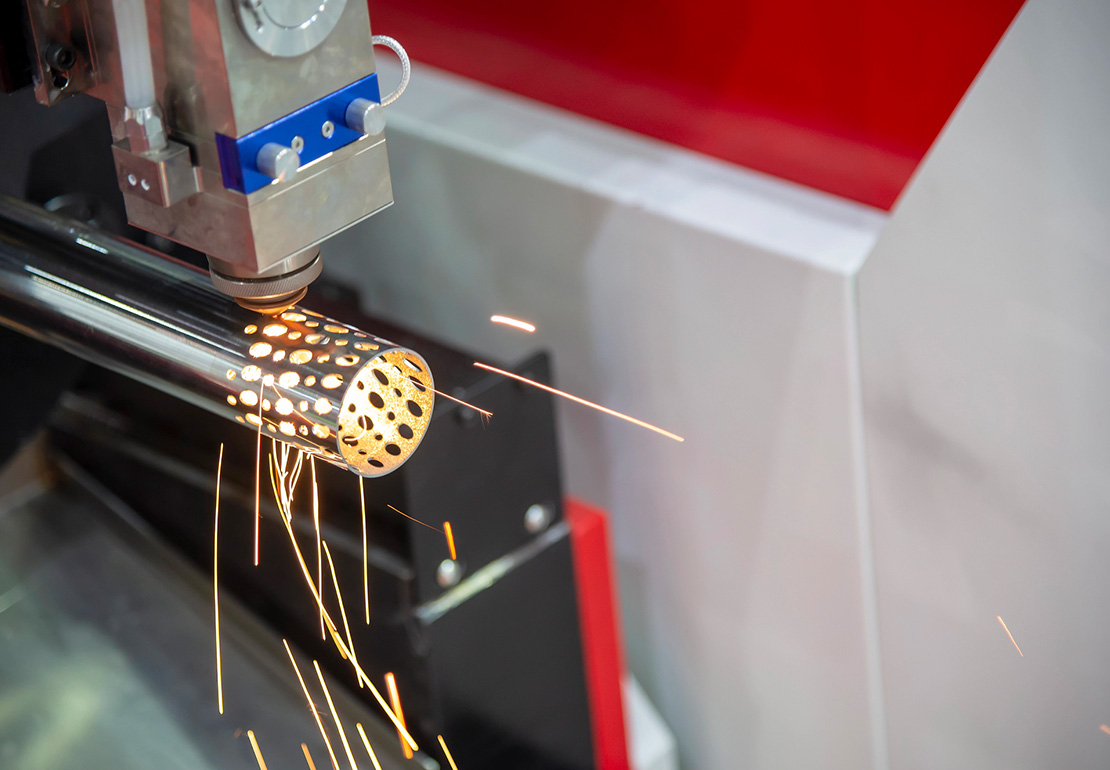Laser Shutter Pricing: Factors That Affect Costs

Laser shutters are small components, but they serve big functions. Used in labs, manufacturing, and optical systems, shutters help control beam exposure with precision. Still, many buyers are unsure what drives the price of laser shutters. It is not just the size or speed. From engineering to application design, several factors come into play.
Pricing shifts depending on performance expectations, shutter type, and even safety features. Before investing, it helps to understand where the money goes and how the right choice can affect long-term outcomes.
Application Requirements Matter First
The laser shutter price often reflects its job. A shutter in a university research lab may not have the same needs as one in a semiconductor factory. Environments with continuous-wave (CW) lasers will need a different build than pulsed laser setups.
If a shutter is exposed to intense beams, the price usually rises. High-damage-threshold shutters demand stronger materials and more careful engineering. When exposure time needs fine control, fast response becomes more important. All of these requirements affect the design and, in turn, the cost.
Type and Form Factor
Laser shutters are not one-size-fits-all. Some are free-standing units. Others integrate into beam paths or are attached directly to instruments. Prices will differ based on the complexity of the mount and form.
The optical shutters used in enclosed optical systems often need custom shapes or flange fittings. That adds to the price, especially when compatibility is a concern. For instance, a 2-inch Series flanged shutter with both female and male ends allows flexible integration but comes at a premium.
Smaller shutters may cost less, but their capabilities are often limited. If your application demands precision and ruggedness, a larger or enclosed design is usually worth the extra cost.
Speed and Response Time
Fast beam control is a key function for many laser shutters. In high-speed laser processing, rise and fall times can make or break system performance.
A shutter with a blade movement of 0.1 seconds might work in simple applications. But some systems require sub-100-millisecond actuation or faster. That is when costs rise.
Faster systems need tighter tolerances, lighter components, and optimized magnetics. Even the power supply and controller must sync well. These performance gains do not come cheap, but they are often non-negotiable in advanced systems.
Build Quality and Materials
Another major factor in the price of laser shutters is the material used. A budget model may use basic plastics and off-the-shelf electronics. Higher-end units use anodized aluminum, rare earth magnets, and custom electronics.
When you look at laser shutters and optical beam shutters, you can often tell the difference in construction. Stronger shutters last longer, handle more power, and work more consistently. They are also easier to integrate into safety systems or OEM builds.
Blades that do not warp, mounts that hold tight, and enclosures that shield light and heat. These features raise the price, but they improve durability and safety.
Safety Features and Interlock Capabilities
Laser safety is never optional. A shutter that ties into an interlock system must meet extra standards. If the lab door opens, the shutter must close automatically. That means sensors, response systems, and fail-safe designs.
These features are not always visible. However, they change the internal layout and control logic. The cost reflects that added function.
For example, some shutters have TTL or contact closure inputs that allow PC or controller-based operation. Others include LED indicators to show blade position. These may sound minor, but they add real value in critical systems.
Controller and Power Supply Design
A laser shutter is only half of the equation. The controller that drives it must match in performance. Some units come with a standalone shutter drive, compatible with 115V and 220V power.
Control features can include manual switches, external triggers, or even software integration. All these features impact cost. If a controller is overbuilt, it adds unnecessary expense. If it is underpowered, performance will suffer.
Interfacing through TTL signals or LPT cables adds further options. If the shutter is expected to connect with larger system controls, modularity is a plus, but that impacts pricing.
Customization and OEM Integration
If a shutter is built to order or customized for an OEM system, it will cost more than a stock item. However, that cost often saves money long term.
OEM partners often need precise mechanical dimensions, electrical behavior, and long-lifecycle support. That requires design time and testing. But a shutter built for your system from the start avoids mismatched parts or last-minute workarounds.
Custom integration is also the path to cleaner builds. Instead of adapting an off-the-shelf unit, it becomes part of the core design. The price includes engineering, not just parts.
Maintenance and Longevity
Low-maintenance shutters may look expensive up front, but they save time and cost later. A shutter that does not need constant adjustment or cleaning is a smarter long-term choice.
Shutters using Flexure Technology, for instance, have fewer moving parts. They rely on single-beam deflection rather than complex pivots or gears. This simplifies operation and extends lifespan.
While the initial cost is higher, there is less chance of failure, downtime, or costly repairs. Over the lifecycle of a project, that trade-off becomes more appealing.
Geography and Delivery
Lastly, logistics can affect pricing. If you need fast turnaround or international delivery, the cost changes. Products built in high-regulation environments also reflect higher quality and labor costs.
Shutters sold in industrialized countries often carry certifications, tested components, and proven safety. They may not be the cheapest, but the price reflects proven performance and technical support.
Delivery lead times also matter. When a part must ship quickly, pricing usually adjusts. Planning ahead helps you avoid premium shipping charges or rush builds.
Need High-Performance Shutters Without Guesswork?
At NM Laser Products, Inc., we do not guess. We help OEMs, engineers, and researchers select or customize laser shutters that match performance goals without overspending. From high-speed systems to safety-driven lab tools, our products reflect decades of hands-on design. Our laser shutters and optical beam shutters are designed to work and last.
Reach out and let us help you get it right the first time.


